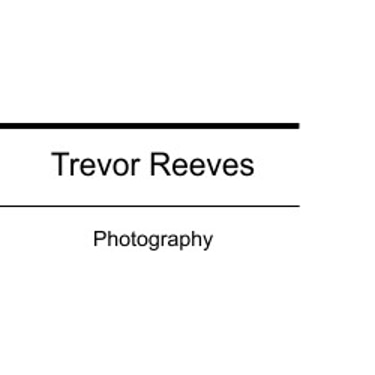Sydney Street Photography
What do you need for Street Photography?
You won't have to go out and buy another camera, though a compact one with 28-50mm focal length seems to be the camera of choice. There are several cameras sold as street cameras due to their small size and fixed lens. I've tried both, and I seem to prefer my 24-200mm zoom. It's entirely up to you...try both if you have them and see what you like.
I’m not prescriptive about camera settings or about street photography. I’ve said elsewhere what my definition is of this genre and I’ve given a brief on the exposure triangle. I use manual settings myself, other than focus, which I set to auto.
The main thing, as with any genre of photography, is to shoot, and keep shooting. Also, read about street photography and view others' work. I find now that, even with a fast shot (perhaps the norm in street photography) my framing comes from my subconscious and while not perfect, it’s good.
Making Tracks
Sydney’s morning rush hour picks up at about 7.30am in the summer. That’s when ferries at Circular Quay begin to disgorge people at a higher rate, when office-dwellers alight from buses, and the Sydney Trains services also get busier on the City Loop.
I usually visit the city to shoot street photography three times a week and start at either Wynard station or the Circular Quay. As I get off the train, I feel the anticipation of gripping my camera and trying some “test” shots to get my brain into gear. I soon feel as one with my Olympus.
The inner city suburbs such as Surry Hills and Newtown draw me into their vibe occasionally.
A sunny morning, especially earlier, gives me the exciting contrast of light and dark and what I find particularly attractive is sunlight reflected from the windows of tall buildings. It has a muted, shimmering appearance.
Cloud cover for my Sydney street photography provides a diffused light, devoid of the contrasting light and dark. I’m at home in both settings, though sunny conditions are my favourite.
So, off I go. I’ll give you a secret: get off the train at Wynyard Station and take the exit towards Barangaroo. There is some very interesting form at this exit, together with many commuters exiting the station. Then you can explore Barangaroo, or head back to the CBD. When I’ve reached George Street I turn right and head uptown towards Martin Place.
Martin Place runs from George Street through to Macquarie Street. The GPO, constructed in two stages beginning in 1866, boasts of an outstanding façade. The post office itself is now tucked into the section where Martin Place meets George Street.
The business area of Sydney lies on the Eastern side of the city, bounded by Macquarie Street which has multiple historic buildings. I will often do a loop from the Quay up to Martin Place and back to the Quay via the business precinct.
Time of Day
A discussion about time of day for street photography in Sydney takes into account light and office hours. In discussing light I'm assuming a clear sky, not cloudy.
The longest days of the year are in December, when sunrise is around 5:30 am. In June, during the shortest days, sunrise is around 7:00 am. Bear in mind that if you want to photograph people as they go to work, you'll need to be out and about from 7.30 - 8.00 am. Earlier, if you want to photograph the Opera House and Harbour Bridge beforehand.
Between about 10.00 am and midday it's pretty quiet, then it gets hectic again for lunchtime. Up in the shopping quarter proper (Pitt St Mall, QVB and Town Hall), shoppers are out from about 10.00 am. The Chinese quarter is centred around George Street between the Town hall and Central Station.
As lunch time gives way to the afternoon and then into evening rush hour, you can do some candid photography after dark. For example, take a look at the Archibald Memorial Fountain in Hyde Park at night time.
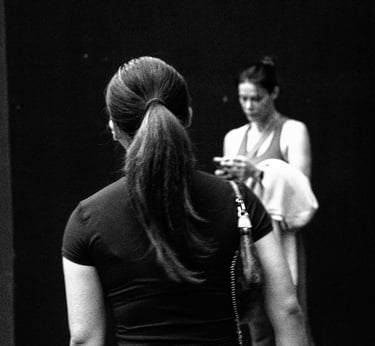

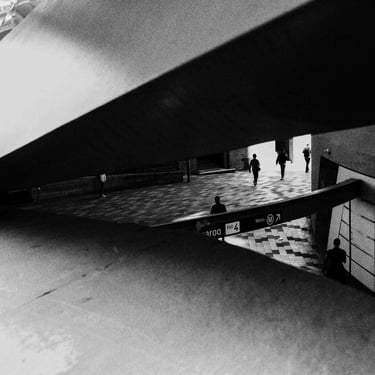
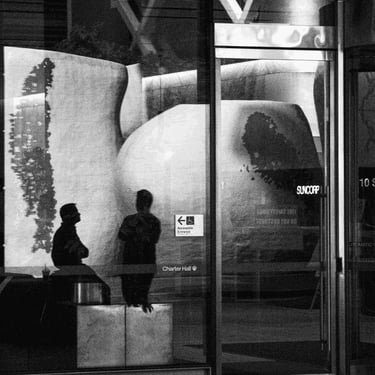
Global Street Photography
Street photography is carried out in different locations around the world, which affects the dynamics of the activity. Impacts of variable places are:
Changes in the subject matter - food, restaurants, local transport, clothes, etc
The cultural context. Beliefs, values, and social mores affect how a street photographer is welcomed to a country and how local people interact with that person. Compare Russian and Western values, for example.
Differences in lighting and the atmosphere affect photography. Compare the ambient light of London with that of Sydney.
Interaction with subjects varies in different cultures. Photographer Dan Ginn found that he was impressed with the friendliness of Asia and not so with parts of Europe, such as Germany. In numerous developing countries, foreign photographers frequently encounter more friendliness and curiosity - people may be more inclined to welcome photographers, even asking for their photo to be taken. This is what I found to be the case in India, where I took many street photos of smiling locals. In the West, strangers in the street are more guarded, and concerned about privacy.
By types of locations, I mean what might be called exotic and not exotic. For example, Australia and the rest of the West are not exotic, while Turkey, Morocco and India are. In exotic places, life is lived on the lanes and roadways. In the First World, life is lived in enclosed businesses, shops and homes. To a certain extent, we see life in coffee shops, sports grounds, and markets, but streets are no longer for sitting, playing games or chatting. Exotic locations are strange and adventurous from the point of view of countries in the West. Western countries, from the other's perspective, are formal and regimented.
The street photographers Jonathan Jasberg, Jorge Delgado-Ureña (Raw Society), and Gil Kreslavsky all produce superb, complex street images. But they build their advice, tutorials and workshops around developing countries like Morocco and Egypt. So when I wanted to put their ideas into practice, I immediately realised that it was very hard to do so. There's no street bicycle repairman next to an old man sitting in the street, with children playing in the same scene.
I have been trying to develop layering skills in Sydney, and opportunities are just about all based on several people walking along the street, two people chatting while others move behind them, or people waiting for their takeaway coffees outside a coffee shop. I'm not saying there's no chance to create a photo with layers, but that the richness of developing countries is not available.
Forms of Street Photography
Street photography form or type is not universally the same - the more I read about it, the more distinct forms I see. Let's consider the following five.
Rupert Vandervell inhabits a fairly narrow world of black and white / geometric high contrast images such as the one below. I think it is repetitive and overly reliant on a specific aesthetic.
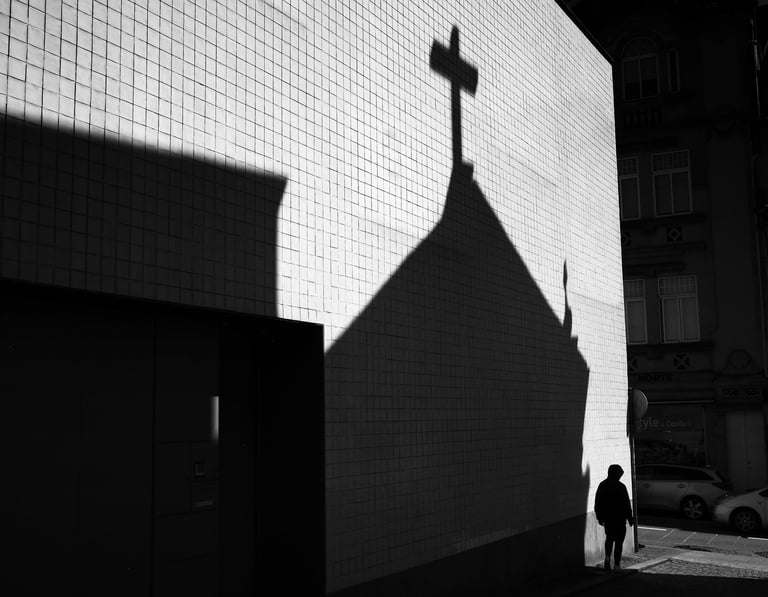

Josh K Jackson's preference is for colour - with a priority for blues and reds. Joshua lives in London and his work has been shown in the UK, USA and Europe. One of his quotes I like is "Marketing yourself (both online and offline) is very important. If you sit back and expect the phone to ring, it probably won’t." A sample image of his is:
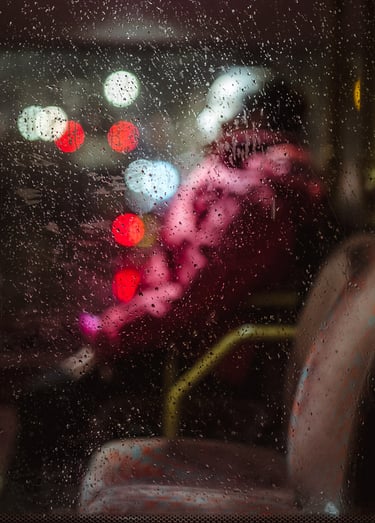

Jonathan Jasberg's primary point in his list of photographic elements is the need for what he calls "supporting characters". These are people who assist the main character in creating a complex street photograph. A quote from ChatGPT is: "A street scene that feels 'alive' often has multiple people interacting in different ways. Supporting characters make a street photograph feel more authentic, as they reflect the true bustle and diversity of urban life".
Since 2010 Jonathan has been living a nomadic lifestyle outside of his home country of the U.S.A. He is an award-winning street photographer with twelve years experience. Watch his video that introduces the seven most common photographic elements he uses in his work to create complex images. One of his images is shown below:
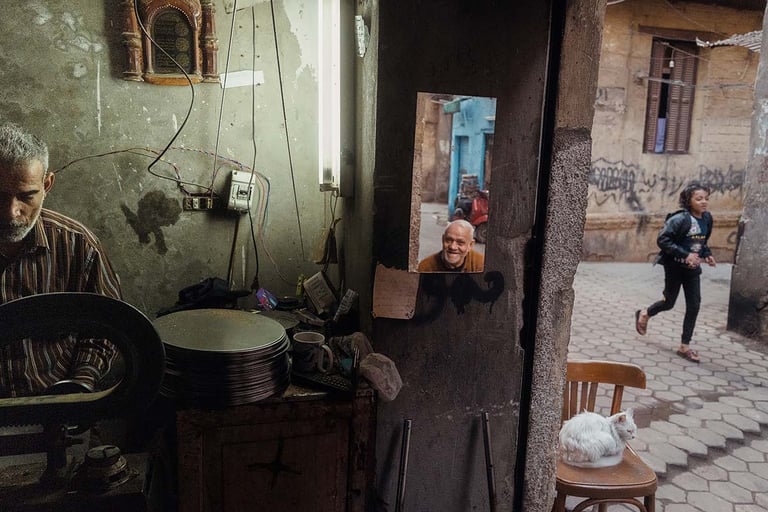

Frederic Axling is my next choice in depicting different forms of street photography. [121CLICKS] says "Whether it’s a lone figure walking down a sun-drenched street or the intricate patterns formed by light filtering through a building, Axling’s photos evoke a sense of wonder and curiosity. His work reminds us that even in the hustle and bustle of the city, there is magic to be found if we know where to look." One of his photographs is below:
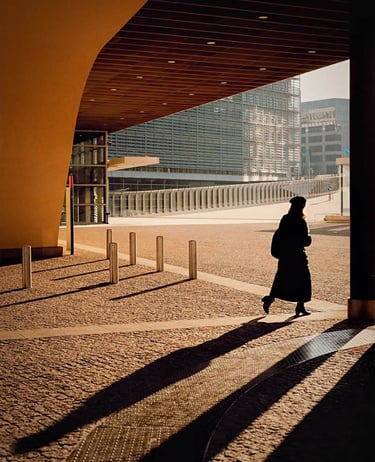

Last of what I call street photography forms is that of Suzanne Stein. She is a social documentary/street photographer currently in New York City and creates and exhibits "views concerning photographs of addicted, homeless or otherwise tormented people." Her photos are searing and once I started viewing her photos I couldn't stop for hours. She states that "After being shot at, assaulted and beaten on the street and generally being forced to fight for much of my output while in Kensington, shooting pictures in New York City as a street photographer is too easy." See examples of her work below:
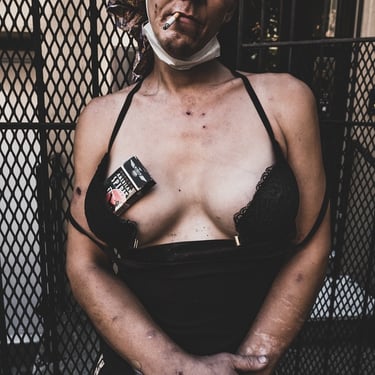
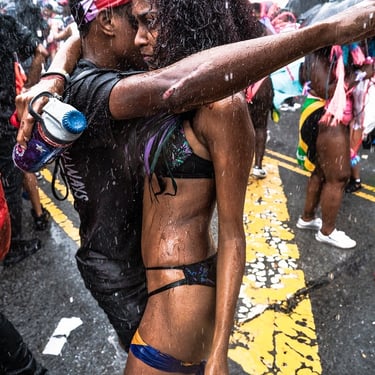
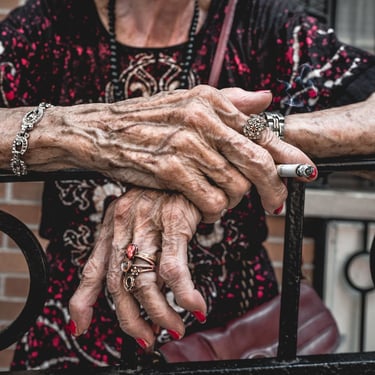
Linger and let the action come to you.
Good advice...I tend to keep moving but sometimes it's worth being still or pretending to take something in the background while your subject walks into the frame.
Put people in your street photos (this is the author's tip).
Like all tips, this is debatable. But look at the vast majority of street photographs and you'll see the human element. People are interested in their own species.
Be aware of the background
More difficult in street photography than in other genres, this is a general rule of photography. Be aware of what's behind the subject you want to capture and perhaps wait a second or move yourself. But you will get scenes which won't allow the time to wait or move. Take the shot and see what it's like when you're in post processing.
DO show the subject their image - The great thing with most cameras these days is that you can see the image as soon as you take it. Show the person or people what their photograph looks like and consider offering to send them a copy.
Great in theory but not so in practice. The person saying this had in mind photography in other cultures. It depends on the situation and I did it in India.
Sydney Street Photography Gallery
Are There Any Rules in Street Photography?
Latest images
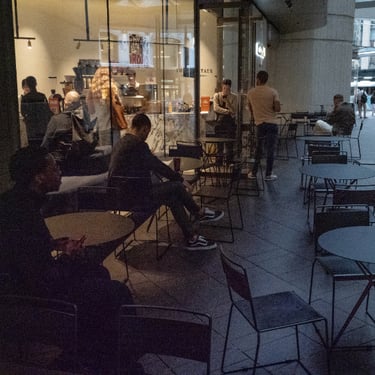
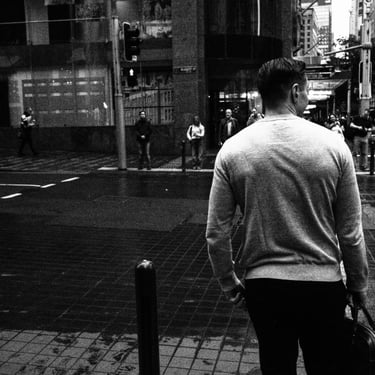
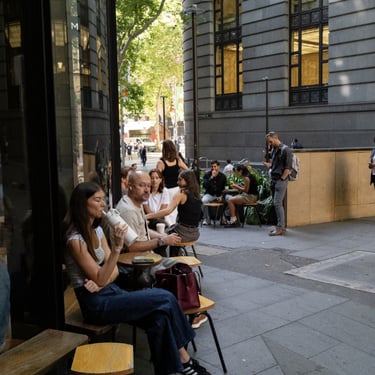
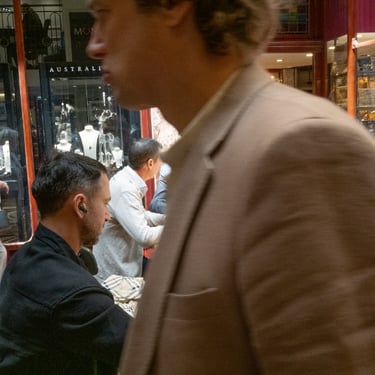
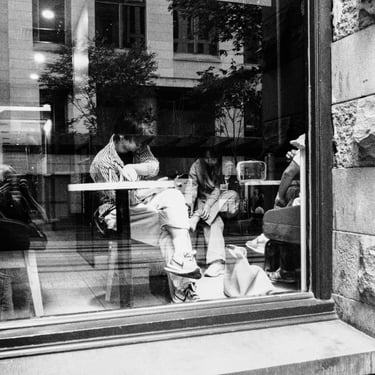
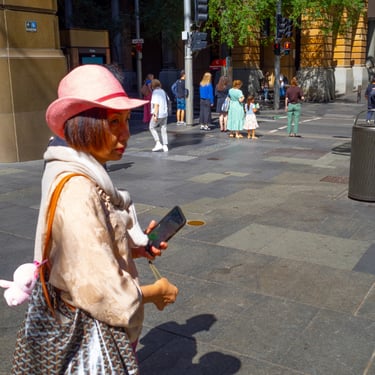
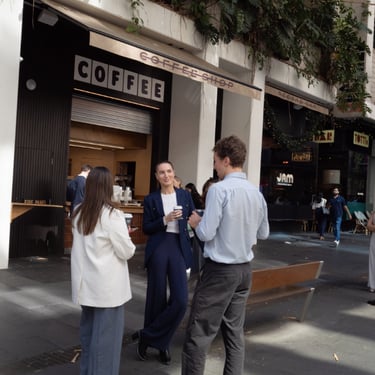
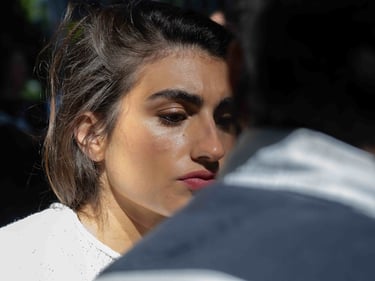
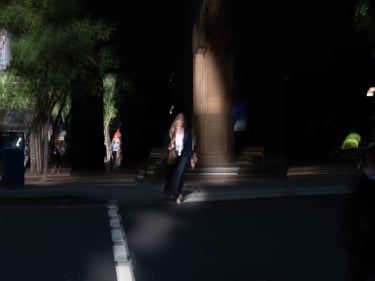
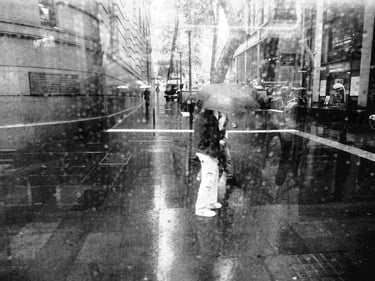
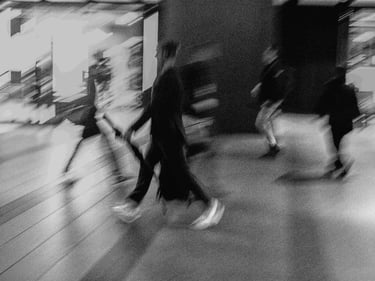
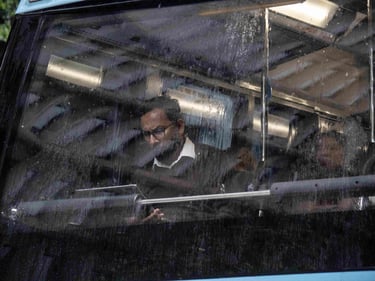
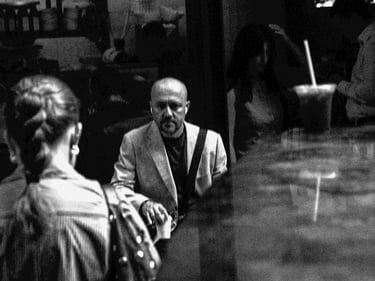
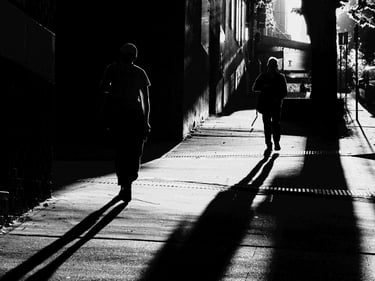
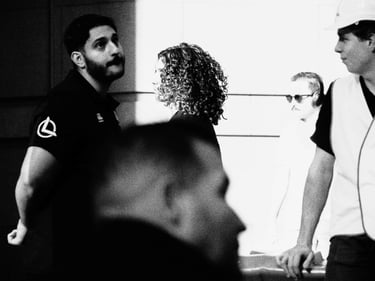
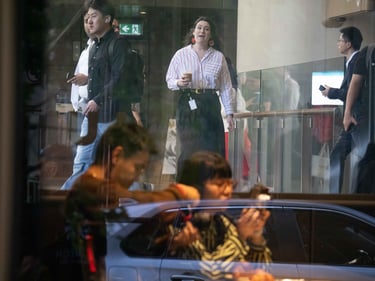
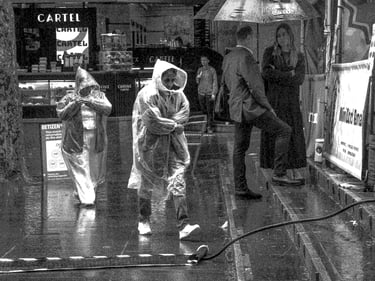
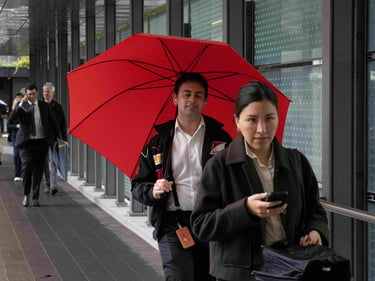

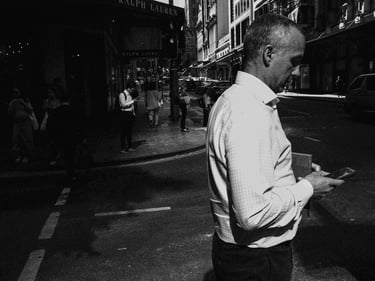
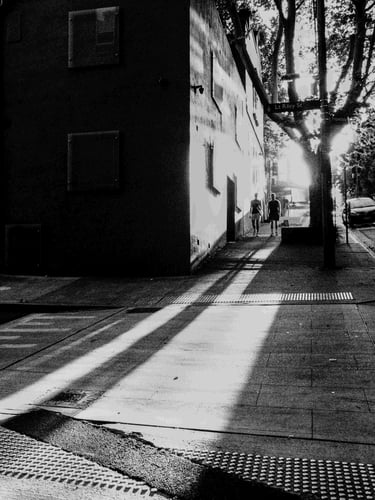
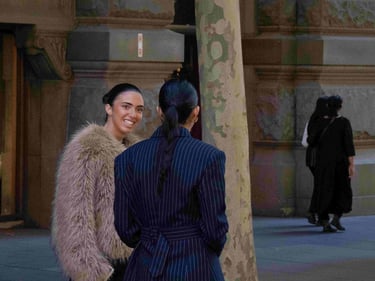
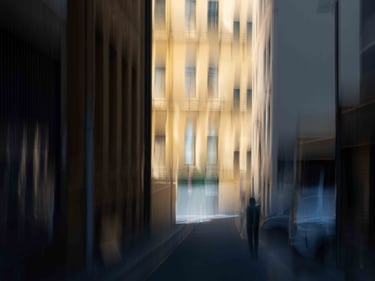
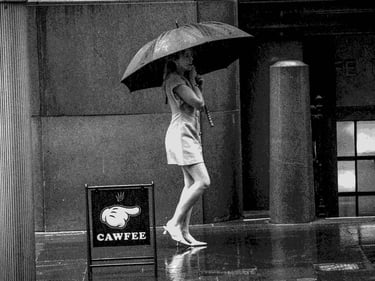
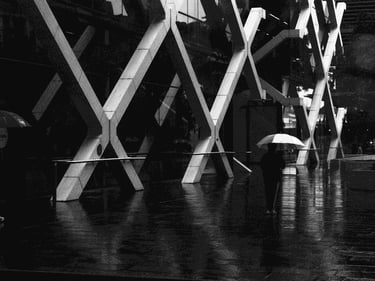
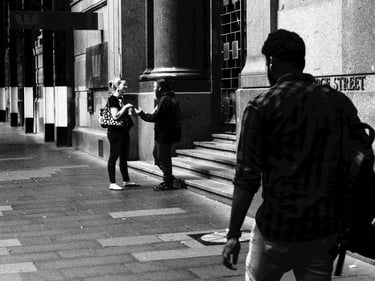
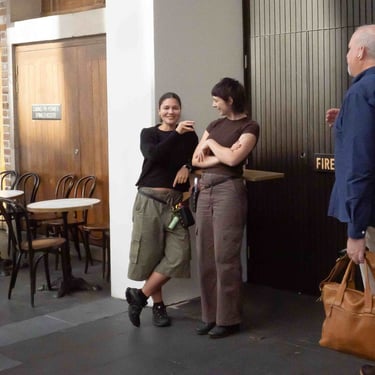




















Portfolio
Showcasing our best photography work for you.
Contact
Follow
trevor.reeves@iinet.net.au
0401 054 534
© 2025. All rights reserved.
